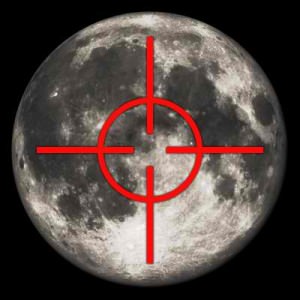 There are basically two types of goal-setting philosophies I run into when working with leadership teams:
There are basically two types of goal-setting philosophies I run into when working with leadership teams:
- The first type is where they shoot for the stars, and if they hit the moon, at least they’ve made progress.
- The second type is where they shoot for the moon and plan on hitting the moon (aka set ’em to hit ’em).
Frankly, both types work. The problem is that most of the time both types exist on the same leadership team, and this causes a lot of complexity. What is vital is that you and your leadership team choose one. When you have two types of goal-setting philosophies on one team, it creates not only complexity but also tremendous confusion and lack of accountability.
Both do work, and it is merely a matter of agreeing on which one your team will use. The philosophy I urge is the second type, that of shooting for the moon with the intention of hitting the moon (a little bit of a stretch is okay). The reason is that when you review your goals at the end of the year (or Rocks at the end of the quarter) you can then evaluate, learn from, and solve anything that you didn’t hit by analyzing the gaps to discover if you were simply overshooting, whether it was an accountability issue, or if it was some other obstacle.
If you are a shoot-for-the-stars type of goal setter, one of the downsides is that when it comes time to report on the goal being complete, you will tend to lack clarity of what true success is, leading to rationalizing your way out of accountability and conveniently forgetting what its intent was.
Regardless of which one you choose, please choose. It will lead to a healthier leadership team.






